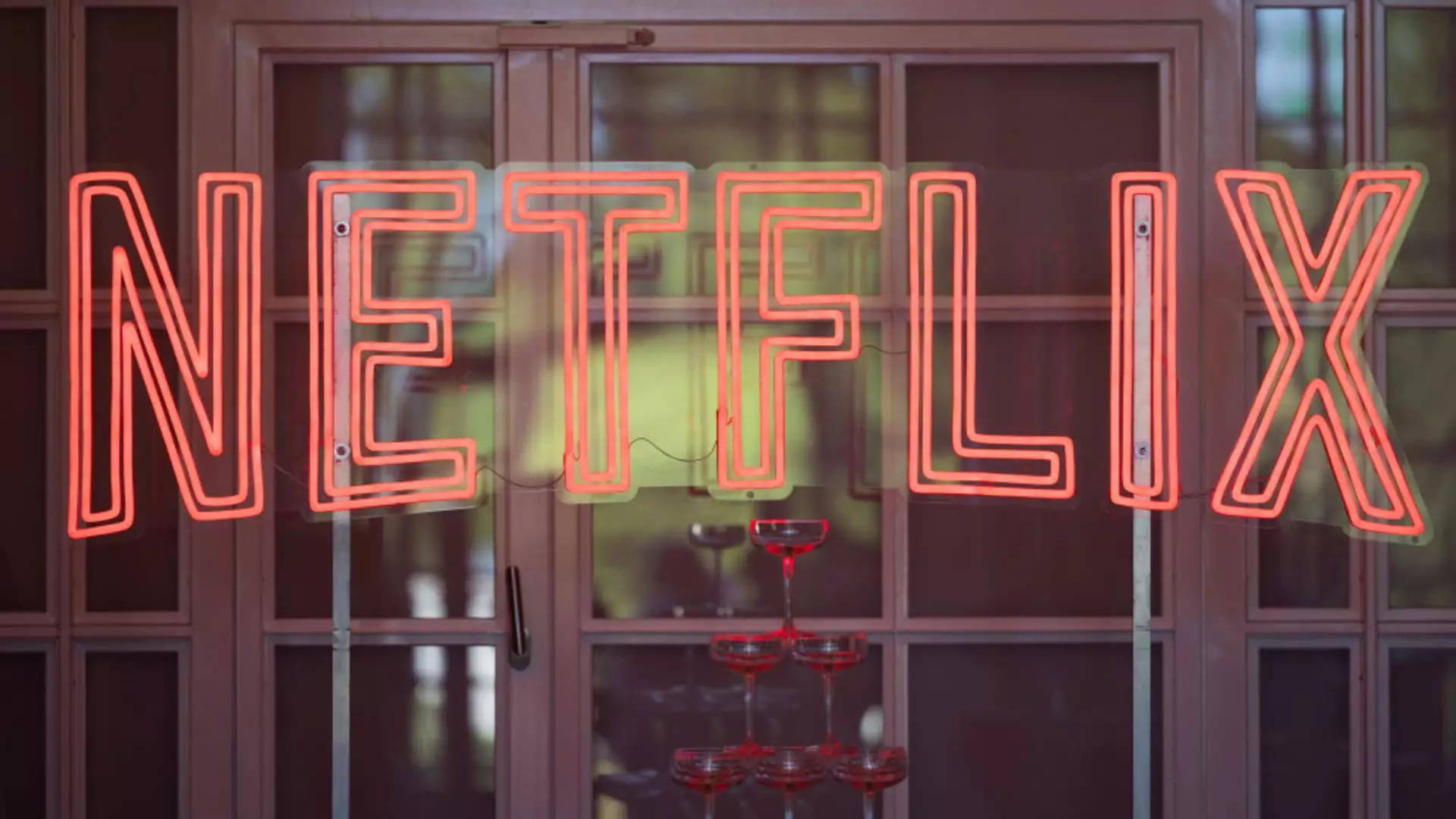Netflix has recently announced a significant pricing overhaul for its subscription plans in the United States, a move that reflects broader trends within the streaming industry. This decision came to light on a Tuesday, raising eyebrows and concerns among subscribers and industry analysts alike. The streaming titan is set to increase the cost of its standard ad-free plan from $15.49 to $17.99 per month—a notable jump that could affect its subscriber base.
In an attempt to appeal to a diverse audience, Netflix introduced a lower-cost ad-supported plan in late 2022. This affordable option has drawn in many users who were otherwise hesitant to commit to higher monthly fees. However, even this cheaper plan will see a price hike, moving from $6.99 to $7.99 per month. This decision could be seen as a balancing act; while it offers a competitive entry point for new subscribers, it also raises questions about the sustainability of ad-supported models if prices continue to climb.
Simultaneously, Netflix’s premium plan, which provides a broader array of features, will increase from $22.99 to $24.99. These adjustments not only impact existing users but also project a critical image of Netflix’s strategy in the face of rising operational costs and heightened competition across the streaming landscape.
This wave of price hikes is not limited to the United States. Reports indicate that Netflix will also raise subscription costs in countries like Canada, Portugal, and Argentina. These increases can be perceived as a necessary strategy to manage fiscal pressures, reflecting a common trend among major streaming services. Competitors such as Disney+ and Warner Bros. Discovery’s Max have also adjusted their pricing in response to market conditions, thereby normalizing these kinds of financial shifts across the industry.
However, these decisions come at a time when consumers are already facing high inflation and increased living costs, making any additional expense, especially in discretionary spending such as streaming, a matter of concern for many households.
Furthermore, Netflix’s pricing strategy is intertwined with its ongoing efforts to curtail password sharing. In its recent update, the company revealed that extra member fees on standard plans would rise from $7.99 to $8.99 a month, while the fees for ad-supported plans would remain unchanged. This indicates a more targeted approach towards maximizing revenue from existing subscribers who may be sharing access informally.
Despite the substantial price hikes, Netflix recently announced impressive figures—adding 19 million paid memberships in the last quarter alone, pushing its total subscriber count beyond 300 million. This surge suggests that, at least for now, Netflix’s strategies—including the introduction of new plans and termination of password sharing—are beginning to yield profitability.
While the latest price increases raise valid questions about subscriber retention, Netflix’s recent growth metrics provide a counterpoint, suggesting resilience in its business model. As more streaming platforms adopt similar approaches, it remains to be seen whether these price adjustments will bear long-term fruit. The streaming giant’s ability to navigate ongoing financial challenges without compromising the value proposition for viewers will be crucial as competition intensifies in the ever-evolving entertainment landscape.

Leave a Reply